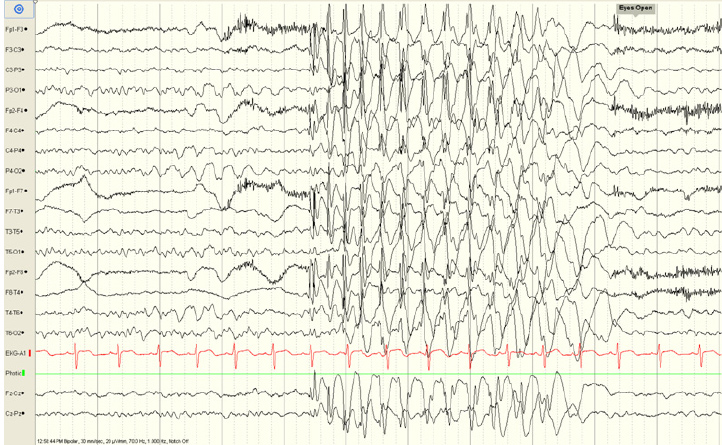

This test is usually done in a hospital with overnight EEG recording.Īn MRI is a very useful tool for helping your doctors see images of the inside of your body, including tissue that can't be seen on a conventional x-ray.īefore your exam, it's very important to fill out the safety screening form carefully. The test may provide even more-detailed results. Your health care provider also may conduct a type of SPECT test called subtraction ictal SPECT coregistered with MRI (SISCOM). The test creates a detailed 3D map of the blood flow in your brain that happens during a seizure. A SPECT test uses a small amount of low-dose radioactive material that's injected into a vein. Single-photon emission computerized tomography (SPECT). The material helps reveal active areas of the brain and detect changes. A PET scan uses a small amount of low-dose radioactive material that's injected into a vein. Those changes may include tumors, bleeding and cysts. CT scans can reveal changes in your brain that might cause a seizure. A CT scan uses X-rays to obtain cross-sectional images of your brain. An MRI may show changes in the brain that could lead to seizures. An MRI scan uses powerful magnets and radio waves to create a detailed view of your brain. Depending on the details of your seizures, this test may be done at a clinic, overnight at home or over a few nights in the hospital. The EEG may reveal a pattern that tells whether a seizure is likely to occur again.ĮEG testing also may help your health care provider exclude other conditions that mimic epilepsy. The electrical activity shows up as wavy lines on an EEG recording. In this test, electrodes attached to your scalp record the electrical activity of your brain. If your provider suspects an infection as the cause of a seizure, you may need to have a sample of cerebrospinal fluid removed for testing.Īn electroencephalogram (EEG). Lumbar puncture, known as a spinal tap.

The provider also may check the levels of salts in the body that control the balance of fluids. Your health care provider may take a blood sample to check your blood sugar levels and look for signs of infections or genetic conditions. Your health care provider may evaluate your behavior, motor abilities and mental function. Your provider may order several tests to determine the cause of your seizure and evaluate how likely it is that you'll have another one. Once identified, that location is fitted onto an MRI scan of the brain.Īfter a seizure, your health care provider will thoroughly review your symptoms and medical history. The differences represent areas where blood flow increased during the seizure. This example shows SPECT scans taken during and between seizures.


 0 kommentar(er)
0 kommentar(er)
